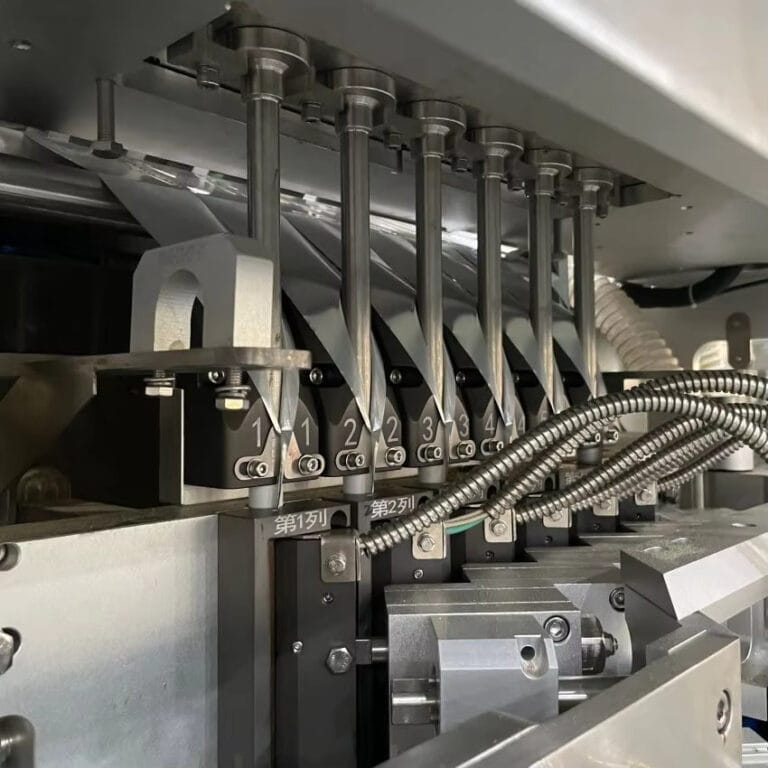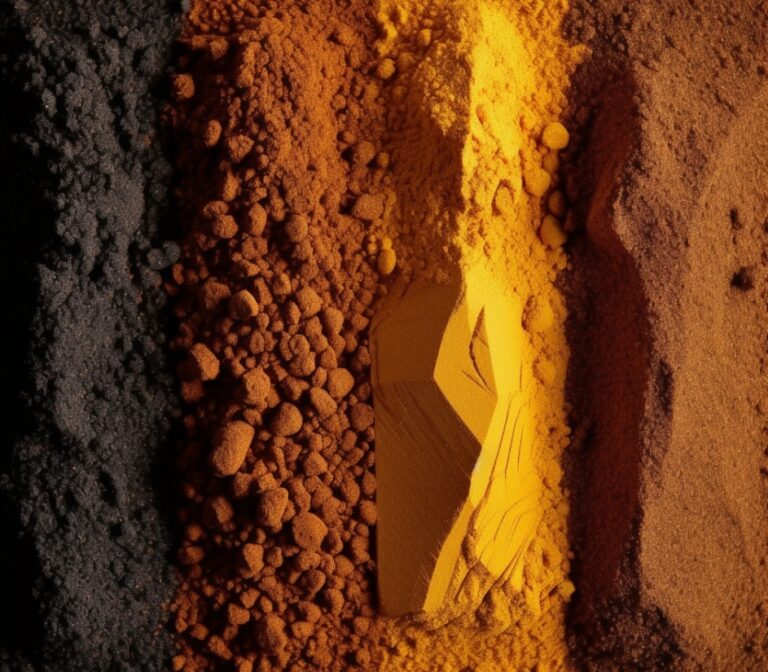Cuban coffee is among the world’s finest, right up there with Jamaican Blue Mountain and Kopi Luwak. Let’s dive into the world of Cuban coffee and the special packaging that keeps its quality intact.

Introduction to Cuban Coffee
Cuba started growing coffee in 1748, when seeds came from the Dominican Republic. Soon, the island became a top coffee-growing region. Cuba’s natural environment—fertile soil, humid climate, lots of rain—makes perfect conditions for great coffee beans.
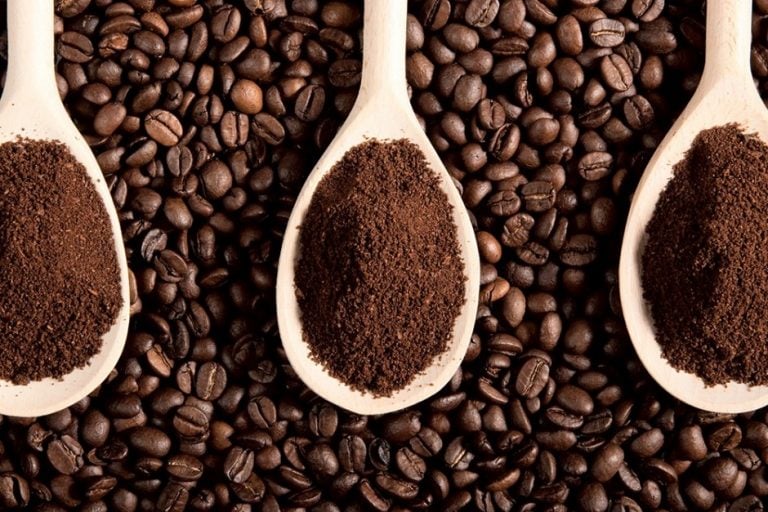
Cuban Coffee Heritage
By the 1920s, coffee was Cuba’s main economic driver. It’s still a big export today. Most coffee grown here is Typica, a classic premium Arabica. It tastes great but needs lots of work—long growing cycle, easy to get diseases.
Crystal Mountain Coffee: Cuba’s Crown Jewel
Crystal Mountain is in the Escambray range. It’s over 800 meters high, named for the mica and quartz crystals in its soil. This region makes Cuba’s best coffee. People call it “Cuba’s Blue Mountain” because it’s close to Jamaica’s Blue Mountain and tastes similar.
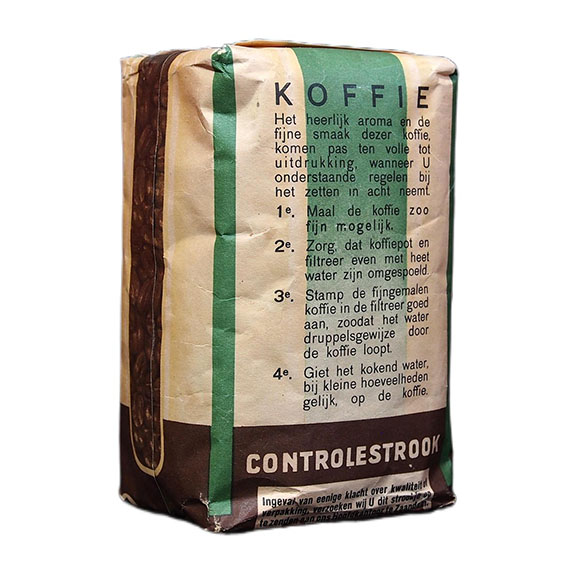
Processing Methods and Flavor Profile
Cuban coffee is processed in two main ways:
- Sun-Drying: The simplest, most traditional way. Beans dry in the sun for about four weeks, no fermentation.
- Washing: This method lets fruity aromas sink into the beans. You get cleaner flavor, stronger acidity, fewer impurities.
The result—especially Cubita from Crystal Mountain—has a clean, delicate taste. There’s gentle, lasting acidity, fruity aroma, and smoothness balanced with wine-like sweetness and subtle smoke.
Coffee Bag Materials for Cuban Coffee
To keep Cuban coffee’s quality, packaging needs specific properties:
- Barrier: Blocks oxygen, moisture, light to keep freshness.
- Durability: Holds up to handling, shipping, storage.
- Sealability: Seals tight to keep air out.
- Printability: Lets you add high-quality branding and info.
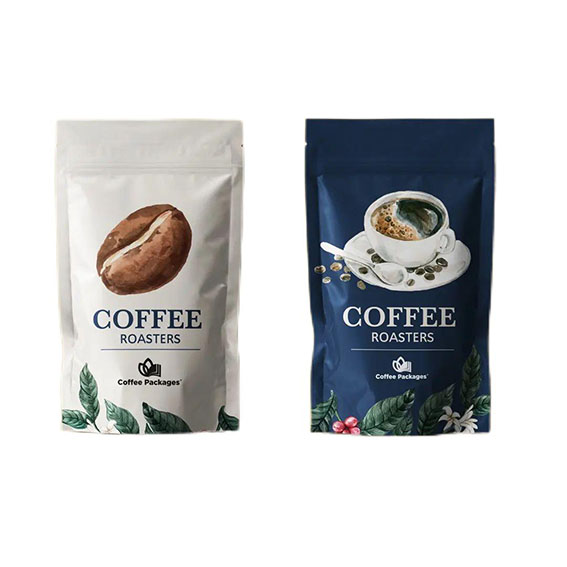
Common Materials for Cuban Coffee Packaging
Aluminum Foil: It lets almost no water vapor or oxygen through. Great for protecting coffee from things that ruin it. It’s tough—hard to puncture or tear. Perfect for premium Cuban coffee, usually in multilayer laminates.
Kraft Paper: It’s naturally biodegradable. High tear resistance, great for printing. Perfect for artisanal or organic Cuban coffee brands. Usually used as an outer layer, lined with PLA or aluminum to make it better at blocking things.
LDPE: Works great as an inner layer. Blocks moisture, seals well with heat. Flexible—fits different packaging designs. Good for Cuban coffee bags.
PET: Blocks gases and moisture well, tough against impacts. Recyclable—good for Cuban coffee brands that care about the environment.
PLA: A biodegradable plastic made from renewable resources. Blocks moisture well, can be composted in industrial places. Perfect for sustainable Cuban coffee packaging.
Multi-Layered Coffee Bag Structure
Premium Cuban coffee packaging usually uses multi-layered structures. They combine different materials to get the best protection and sustainability:
- Outer Layer: Kraft paper—natural look, great for printing.
- Middle Layer: Aluminum foil—excellent barrier.
- Inner Layer: Food-grade plastic—blocks moisture, seals with heat.
This mix keeps Cuban coffee fresh and looks good.
Lintyco Packaging Solutions for Cuban Coffee
Lintyco Coffee Packaging Excellence
Lintyco Pack has been making packaging machines for over 15 years. They specialize in coffee industry solutions. They’re a top manufacturer—over 40,000 machines in 190+ countries. Lintyco’s solutions keep premium Cuban coffee’s quality intact.
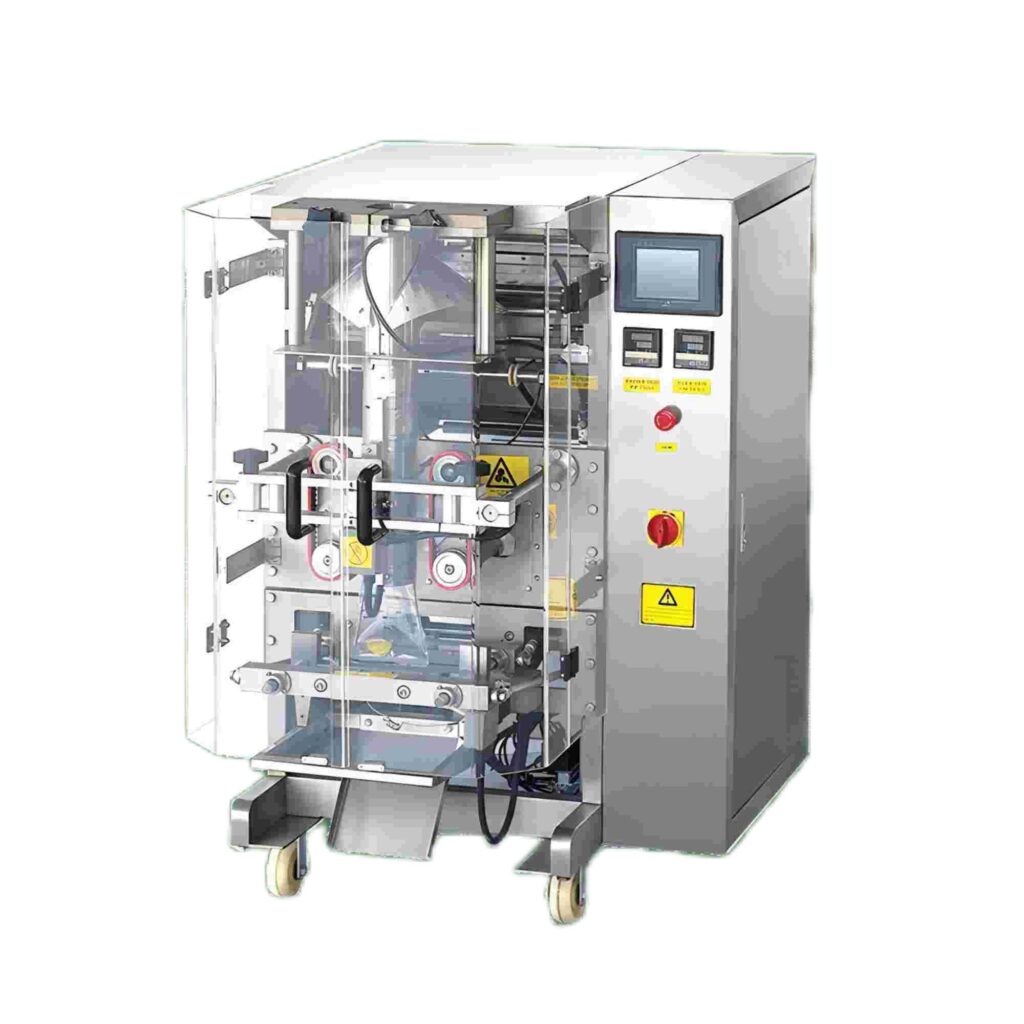
Rotating Premade Pouch Coffee Packaging Machine
Key Features:
- Makes up to 80 bags per minute
- Built with SS304 and German/Japanese electronics
- OEM and customization options
- Reliable delivery
Benefits for Cuban Coffee:
- Works with stand-up pouches, gusset bags, flat bottom bags
- Precise filling keeps weight and quality consistent
- Fits degassing valves for fresh roasted beans
- Uses nitrogen flushing to keep aroma and prevent oxidation
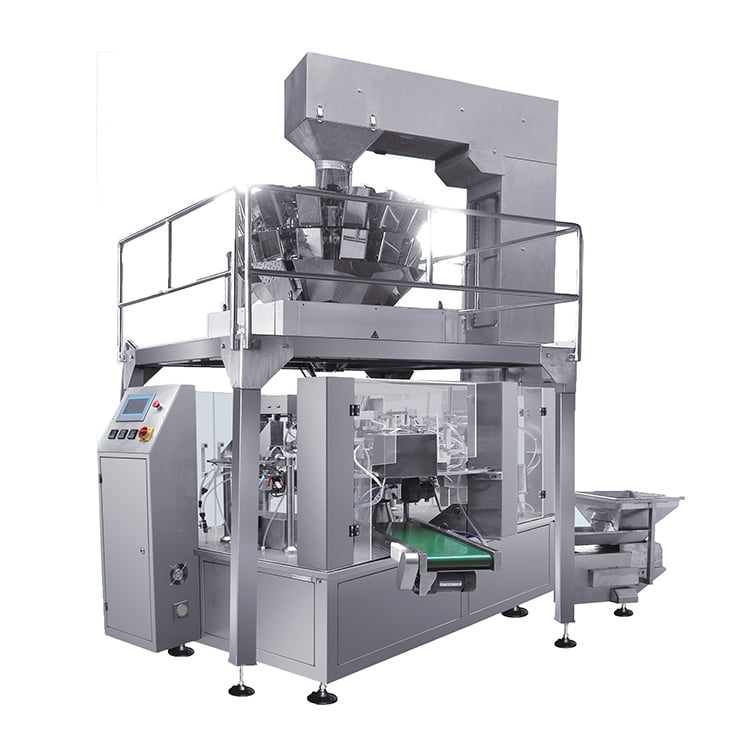
Vertical Form Fill & Seal (VFFS) Coffee Packing Machine
Key Features:
- Makes up to 60 bags per minute
- Cost-effective
- Servo-driven, easy to integrate
- Works in wet or cold environments
Benefits for Cuban Coffee:
- Great for whole bean or ground coffee
- Intelligent weighing ensures accurate portions
- Stainless steel, easy to clean
- Customizable for different bag sizes and types
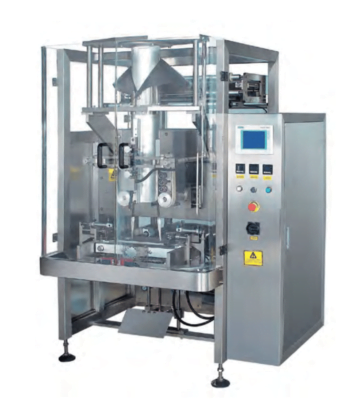
Specialized Cuban Coffee Packaging Solutions
Drip Coffee Bag Packaging
For single-serve convenience, Lintyco has specialized machines. They:
- Make individual filter sachets with preportioned Cuban coffee
- Keep grind size optimal for perfect extraction
- Use nitrogen flushing
- Put drip bags in protective outer pouches
Stick Pack Solutions
Perfect for premium samples or single servings. They:
- Have 4, 8, or 12 lanes
- Dose precisely for consistent quality
- Use minimal packaging film
- Great for Crystal Mountain coffee tasting packs
Packaging Process for Cuban Coffee
Preparation for Packaging
Quality Selection: Hand-picked beans are sorted to remove immature or defective ones. Only premium quality goes to packaging.
Roasting: Freshly roasted coffee needs time to degas before packaging. This prevents bags from expanding from CO2.
Grind Size: Different packaging needs different grinds. Coarser for gusset or stand-up bags, medium-fine for drip bags.
Packaging Process Steps
- Material Prep: Coffee goes on hoppers. Packaging materials are put on unwinding reels.
- Bag Formation: Packaging film is shaped in the right pouch.
- Filling: Precise amounts of coffee are put in using volumetric or weight systems.
- Degassing: One-way valves let CO2 out but keep oxygen in.
- Sealing: Heat sealing makes an airtight closure to keep freshness.
- Quality Control: Final checks make sure sealing is good and weight is consistent.
Preserving Cuban Coffee Quality
Nitrogen Flushing: Replacing oxygen with nitrogen stops oxidation and keeps flavor intact.
Vacuum Sealing: Taking air out extends shelf life and keeps Crystal Mountain coffee’s delicate flavors.
Light Protection: Opaque or metalized packaging keeps light from ruining Cuban coffee’s flavor.
Moisture Control: Good barrier materials keep moisture out—so Cuban coffee stays quality.
Frequently Asked Questions about Cuban Coffee Packaging
Q: What’s the best packaging machine for Cuban coffee?
A: For premium coffee like Crystal Mountain, go with Lintyco’s Rotating Premade Pouch Machine. It’s precise, fits degassing valves, and handles different pouch styles. For a cheaper option, the VFFS machine works great without big investment.
Q: How do I keep Cuban coffee’s unique flavor during packaging?
A: Use packaging with good barrier properties—like aluminum foil laminates. Add nitrogen flushing to stop oxidation. Put degassing valves on fresh roasted beans. Make sure seals are airtight to keep moisture and air out.
Q: What materials should I use for Cuban coffee packaging?
A: For premium coffee, use multilayer laminates—kraft paper (outer), aluminum foil (barrier), food-grade plastic (inner). For sustainable options, try PLA-lined kraft paper or compostable films that still block things well.
Q: How do I pick the right coffee packaging machine?
A: Think about: how much you produce, what type of coffee (whole bean or ground), what packaging you want, your budget, space, and sustainability goals. Lintyco can help you choose the best one for your Cuban coffee.
Q: What are common problems with coffee packaging machines?
A: Common issues: bad sealing (check temperature and pressure), inconsistent filling (calibrate weights), film not tracking right (adjust guides), degassing valves not working (make sure they’re installed correctly).
Q: How do I make sure Cuban coffee bags seal properly?
A: Keep the heat sealing temperature right—usually 150-180°C. Use enough pressure and time. Use the right sealing materials. Keep sealing surfaces clean. Check seals regularly with pull tests.
Q: What maintenance do coffee packaging machines need?
A: Clean contact surfaces daily. Lubricate moving parts weekly. Check electrical connections monthly. Replace wear parts every three months. Get a full service by a pro every year.
Q: Can packaging machines handle both whole bean and ground Cuban coffee?
A: Yes—most Lintyco machines work for both. But you might need to adjust the filling mechanism and use different grind sizes for best results.
Q: How do vacuum packaging machines work for Cuban coffee?
A: They take air out of packages before sealing. This stops oxidation and moisture from ruining the coffee. Great for keeping Crystal Mountain coffee’s delicate flavors.
Q: What’s the difference between automatic and semi-automatic packaging machines?
A: Automatic machines need almost no manual work. They’re fast and consistent—great for large-scale production. Semi-automatic machines need some manual work but are more flexible and cheaper for small operations.
Conclusion
Cuban coffee has a rich heritage and great quality. It deserves packaging that keeps its unique traits while fitting modern market needs. From Crystal Mountain’s volcanic soil to your customers’ cups, every packaging step keeps the coffee’s integrity.
Using the right packaging materials, advanced machines, and proper processing makes sure Cuban coffee’s unique flavor—clean taste, fruity aroma, wine-like sweetness—gets to consumers in perfect shape.
Whether you’re packaging premium Cubita for international markets or single-serve drip bags for easy brewing, the right packaging matters.
Lintyco has a wide range of coffee packaging machines. Their expertise in materials and process optimization helps you package Cuban coffee successfully.


